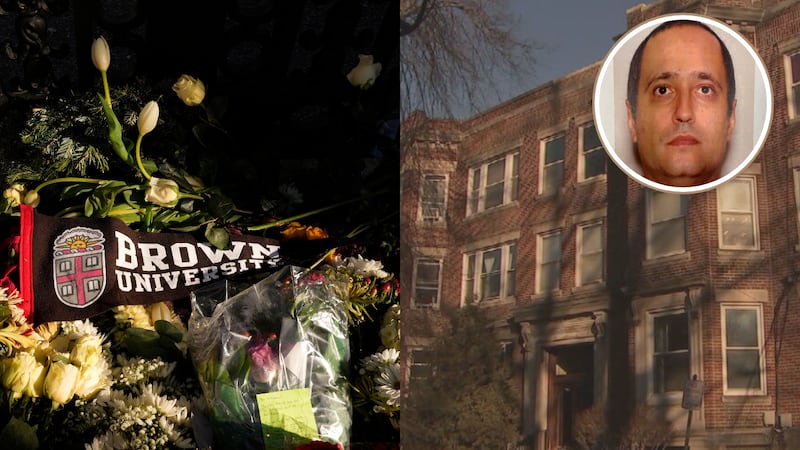Lisa Marie Presley died of a small bowel obstruction that formed after she underwent bariatric weight loss surgery, the Los Angeles County Medical Examiner reported.
The cause of death comes six months after Presley died in a California hospital on Jan. 12 following a cardiac arrest at her home. She was 54.
The official cause of death was listed as “sequelae of small bowel obstruction.” Sequelae means a complication of a previous disease or injury.
“The obstruction was in the form of a strangulated small bowel caused by adhesions that developed after bariatric surgery years ago,” the examiner said in a report. “This is a known long-term complication of this type of surgery.”
The report also noted that Presley had a history of overmedicating. According to The New York Times, the toxicology report showed she had “therapeutic levels” of oxycodone and other medicine in her blood that were not considered contributing factors.
What is a small bowel obstruction, what are the warning signs and how does it affect the body?
Here’s what we know now:
What is the small bowel?
Sometimes called the small intestine, the small bowel is usually 20 to 30 feet long and folds to fit into the abdominal cavity. One end of the small bowel is connected to the stomach and the other to the large intestine.
The small bowel takes in partly digested food from the stomach and finishes the digestive process. Nutrients and water are absorbed by its lining, and the leftover material is moved onto the large intestine.
What is a bowel obstruction and how does it form?
A bowel obstruction is something that prevents material from moving through the bowels. It can happen at any age.
Here are the more common causes of obstructions (from The Cleveland Clinic):
- Adhesions: These are bands of scar tissue that may form after abdominal or pelvic surgery. Earlier abdominal surgery is the leading risk factor for small bowel obstruction in the United States. Presley had bariatric weight loss surgery.
- Hernias: Segments of the intestine may break through a weakened section of the abdominal wall. This creates a bulge where the bowel can become obstructed if it is trapped or tightly pinched in the place where it pokes through the abdominal wall. Hernias are the second most common cause of small bowel obstruction in the United States.
- Inflammatory disease: Inflammatory bowel disorders such as Crohn’s disease or diverticulitis can damage parts of the small intestine. Complications may include narrowing of the bowel (strictures) or abnormal tunnel-like openings (fistulas).
- Malignant (cancerous) tumors: Cancer accounts for a small percentage of all small bowel obstructions. In most cases, the tumor does not begin in the small intestine but spreads to the small bowel from the colon, female reproductive organs, breasts, lungs or skin.
What are the symptoms of small bowel obstruction?
Symptoms of small bowel obstruction may include:
- Abdominal (stomach) cramps and pain
- Bloating
- Vomiting
- Nausea
- Dehydration
- Malaise (an overall feeling of illness)
- Lack of appetite
- Severe constipation. In cases of complete obstruction, a person will not be able to pass stool (feces) or gas.
What does a doctor do with a small bowel obstruction is found?
- Hospitalization: Patients with an intestinal obstruction are hospitalized. Treatment includes intravenous (in the vein) fluids, bowel rest with nothing to eat (NPO) and, sometimes, bowel decompression through a nasogastric tube (a tube that is inserted into the nose and goes directly to the stomach).
- Surgery: If the small intestine is completely blocked or strangulated, surgery may be needed. The diseased segment may need to be re-sectioned and removed.






